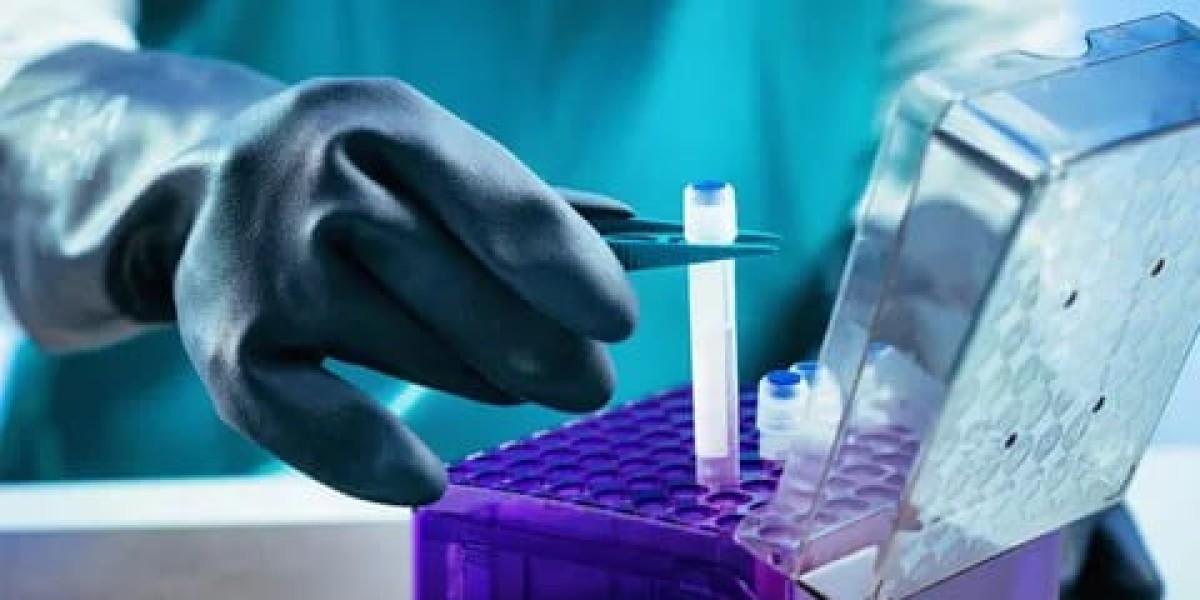Stem cells are unspecialized cells in the human body that have the potential to develop into specialized cells. There are two main types of stem cells - embryonic stem cells and adult stem cells. Embryonic stem cells are derived from embryos a few days old and have the potential to become any type of cell in the body. Adult stem cells are found in small numbers in organs and tissues such as bone marrow, blood, and brain. They are less flexible than embryonic stem cells but can still generate a range of cell types.
What is Stem Cell Banking?
Stem Cell Banking , also known as cord blood banking or stem cell harvesting, is the process of collecting and storing stem cells from umbilical cord blood and tissue for future use in transplantation therapies or research. Stem cells may be used in the future to treat certain types of illnesses like blood cancers, immune system disorders and metabolic diseases. When a suitable stem cell match is needed, the stored stem cells can be retrieved as needed rather than needing to find a new donor match at that time.
Cord Blood Collection and Storage
At the time of delivery, the umbilical cord is clamped and cut. Blood remaining in the umbilical cord and placenta, known as cord blood, is then collected. The cord blood contains stem cells that can be used to treat over 80 diseases. Cord blood banks typically collect, test, process, and cryogenically freeze cord blood for storage. The units are placed in liquid nitrogen freezers and stored at temperatures colder than -196°C so they remain viable for long-term storage. Parents have the option to store their baby's cord blood privately for personal use or donate it to a public bank where it can potentially help anyone in need.
Benefits of Private Cord Blood Banking
- Provides an "insurance policy" should the child or a family member develop a treatable disease in the future like leukemia, lymphoma or other cancers. The stored cord blood stem cells could provide a promising treatment option.
- Offers a better stem cell match than other donors. Stem cells from one's own cord blood have an even higher chance of escaping rejection by the immune system than cells from other family members due to the perfect genetic match.
- Reduces the risks associated with bone marrow transplants from unrelated donors such as graft-versus-host disease. Cord blood stem cells carry less risk of complications or side effects.
- Allows for future medical advances. New stem cell therapies and treatments are continually being developed which could be utilized if cord blood is privately stored and preserved for potential future need.
Limitations of Cord Blood Banking
While cord blood banking offers promising benefits, it is not a guarantee that the stored cord blood can or will be used to treat a disease. There are some limitations to consider:
- Not a cure. Cord blood cannot cure all diseases - it has been successfully used to treat over 80 conditions but its use is still considered experimental for many diseases. Success depends on factors like age, weight, disease status at transplant.
- Storage costs. Private banking requires annual storage fees for 18-21 years which can amount to thousands of dollars over time. Public banking has no storage fees but less assurance of access.
- Limited volume. A single cord blood sample generally only contains enough stem cells to transplant an adult, but not a large one. It may not contain enough cells for multiple transplants or for treating some conditions in adults or children over 30-50 lbs.
- Matching limitations. Cord blood is less likely to find a match than bone marrow due to lower cell count. Success depends on finding a close HLA match which is not always possible even when privately stored.
Should You Bank Cord Blood?
For most families, public donation of cord blood is recommended over private banking due to costs, limitations in volume and future treatment options. However, private cord blood banking may provide valuable peace of mind and options for families with a known medical need or genetic predisposition. Parents should carefully research the benefits, limitations, costs, and their personal risk factors when making this decision. Speaking to a healthcare provider can help determine if private cord blood banking is appropriate in a specific situation. While promising, cord blood and its potential medical uses continue evolving so it does not guarantee a cure or treatment even if stored.
Stem cell banking via cord blood collection offers future treatment potential but has limitations families should understand. For most, public donation provides benefits without costs, but private banking may be reasonable in high-risk situations. Careful research and discussion with medical experts can help determine the best option. Stem cell therapies represent an exciting area of medical advancement despite current limitations.
Get more insights on Stem Cell Banking
About Author:
Ravina Pandya, Content Writer, has a strong foothold in the market research industry. She specializes in writing well-researched articles from different industries, including food and beverages, information and technology, healthcare, chemical and materials, etc. (https://www.linkedin.com/in/ravina-pandya-1a3984191)


